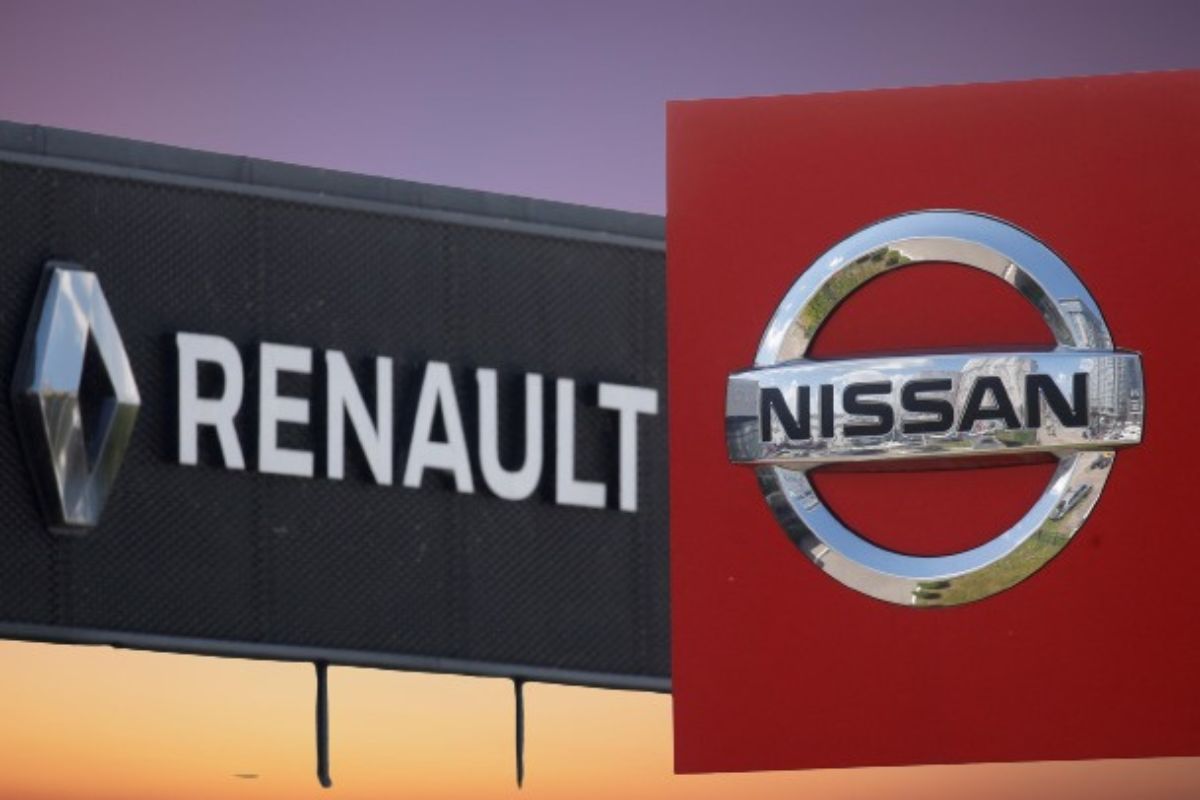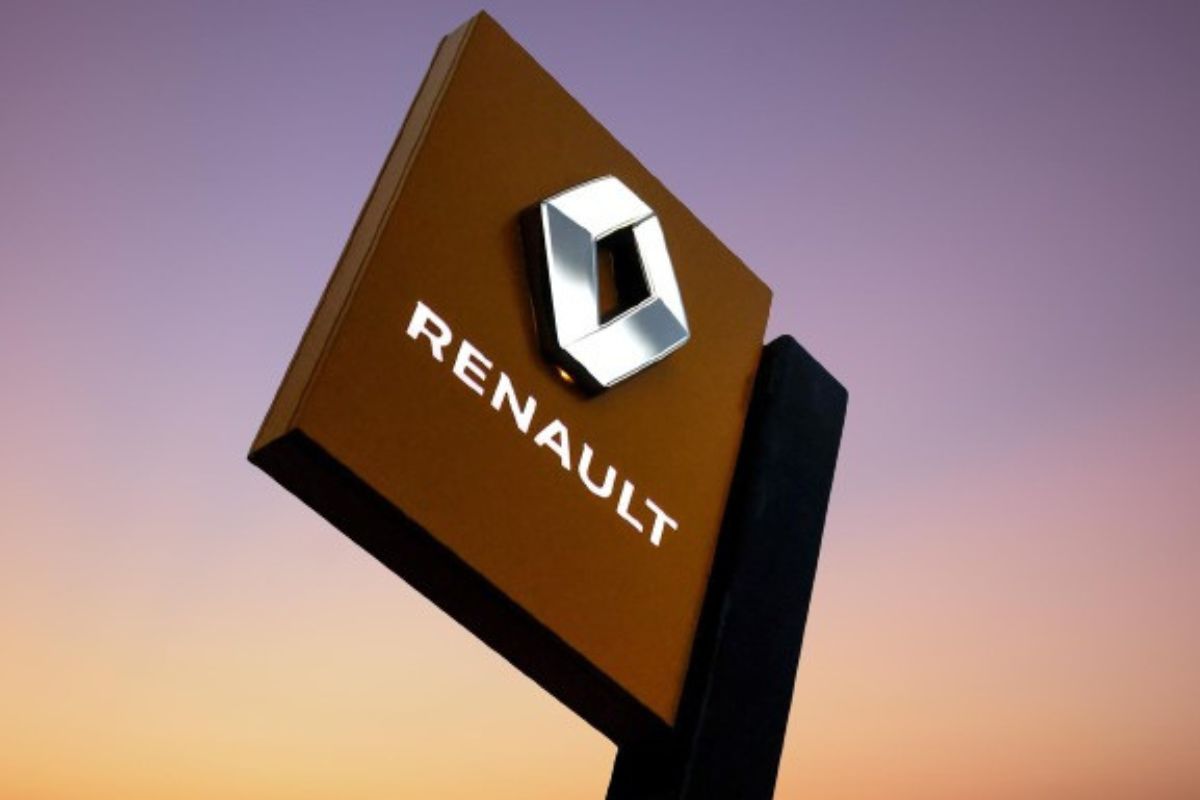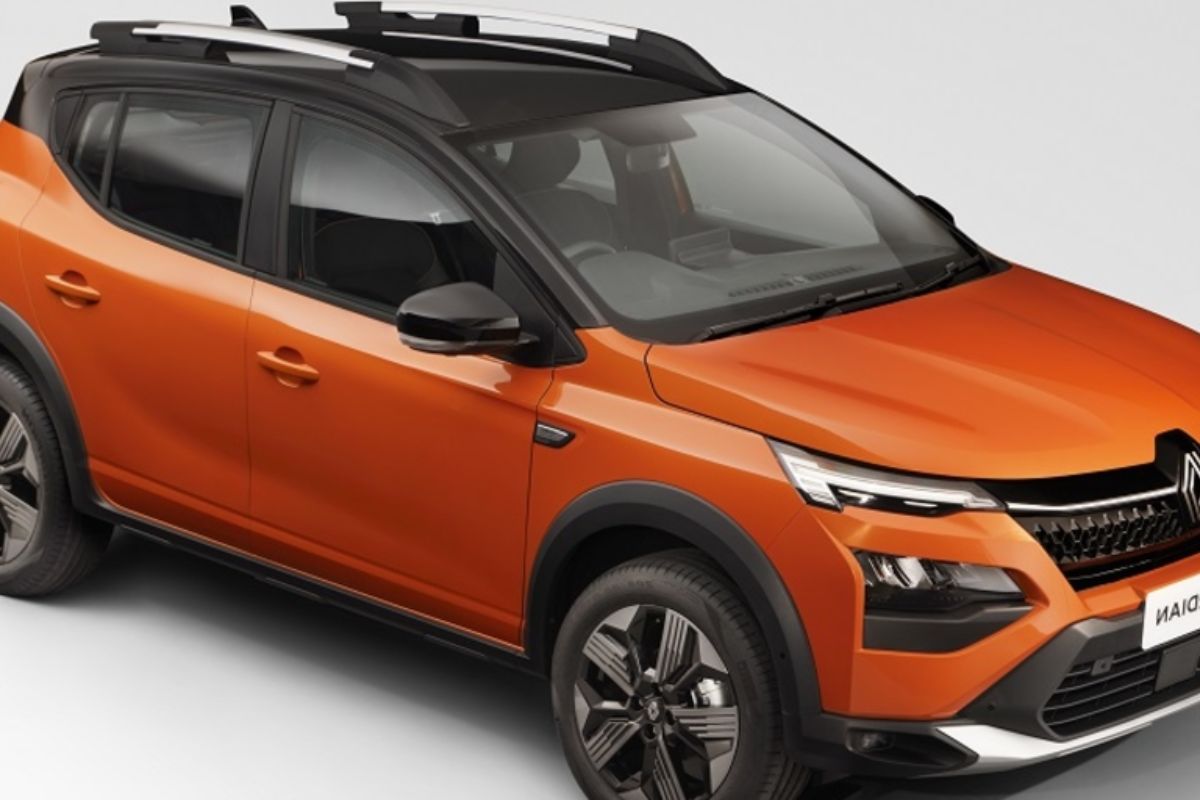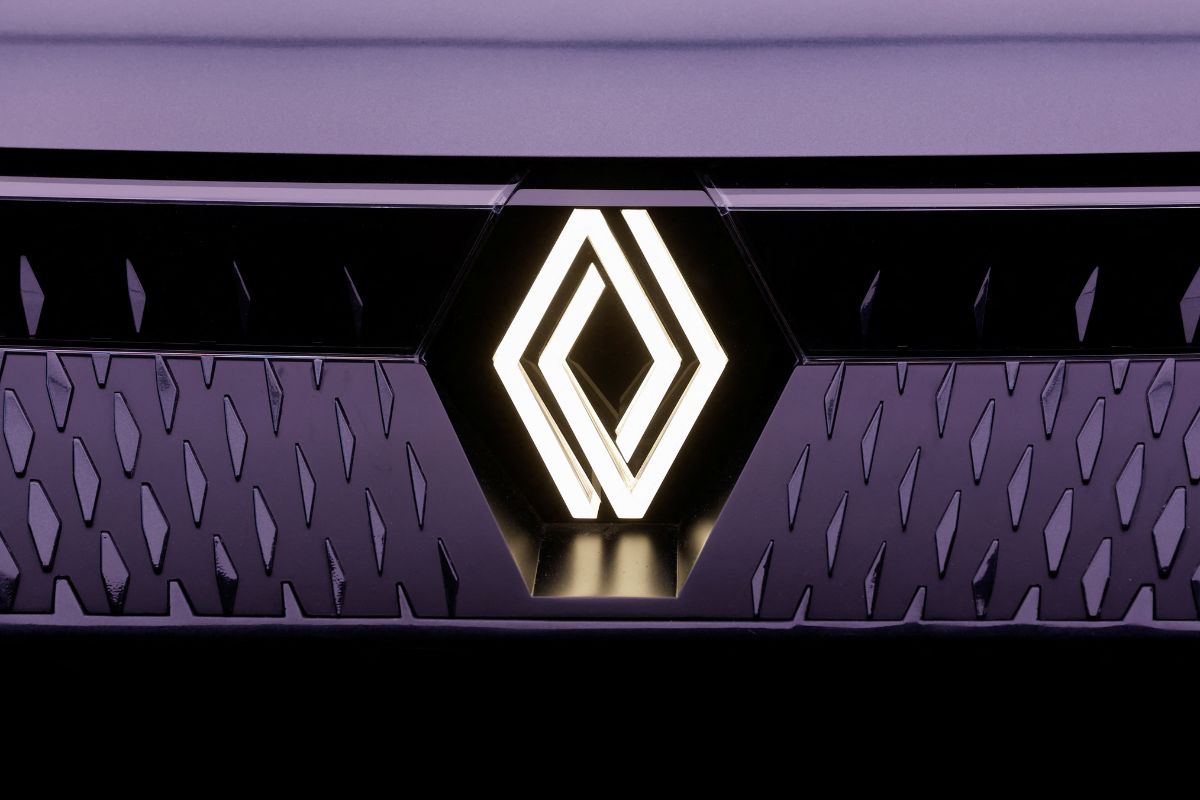Renault’s resurgence in the automotive industry has been nothing short of remarkable, as the company has managed to turn its fortunes around after two consecutive years of losses. This remarkable turnaround is a testament to the effectiveness of their financial strategy, which has not only resulted in soaring profits but also positive cash flow.
As we delve into the key figures and the promising outlook for 2022, it becomes evident that Renault’s strategic realignment and market-focused approach have played a crucial role in their profitable resurgence. However, there are still challenges to overcome, including chip shortages and the implementation of repayment plans.
The story of Renault’s revival is one that captivates and leaves us eagerly anticipating what lies ahead for this automaker.
Key Takeaways
- Renault’s strategic restructuring efforts have successfully reduced fixed costs and transformed their financial performance.
- The company has experienced a significant increase in net profit and exceeded expectations with their operating margin.
- Renault has achieved positive cash flow ahead of schedule, demonstrating the effectiveness of their approach.
- Despite potential challenges such as chip shortages and a predicted shortfall of units, Renault remains committed to overcoming obstacles and has a promising outlook for sustained recovery and growth.
Renault’s Resurgence: Profits Soar After Years of Losses
Renault’s remarkable resurgence sees its profits soar to new heights, marking a triumphant turnaround after years of enduring substantial losses. The French automaker has successfully navigated through a challenging period, emerging as a profitable force in the industry.
This achievement is a testament to the company’s strategic restructuring efforts, which focused on reducing fixed costs and prioritizing value over volumes. By streamlining operations and embracing a more cost-effective approach, Renault has managed to overcome the obstacles that plagued its financial performance.
The result? A surge in profits that exceeds analysts’ expectations and instills renewed confidence in the brand. Renault’s resurgence not only showcases its resilience but also serves as a powerful reminder that with the right strategy and determination, even the most struggling companies can stage a remarkable comeback.
Financial Strategy Pays Off: Key Figures and Positive Cash Flow
With a strategic focus on value and financial discipline, Renault’s financial strategy has yielded impressive results, including a significant increase in net profit and the achievement of positive cash flow ahead of schedule. These key figures highlight the effectiveness of Renault’s approach and showcase the company’s ability to turn its fortunes around.
Also Read: Renault Financial Chess: Navigating Stakes and Losses with Strategic Finesse
Here are the key takeaways:
- Net profit surge: Renault has successfully transformed its financial performance, moving from substantial losses in previous years to a notable increase in net profit. This turnaround demonstrates the positive impact of the company’s financial strategy.
- Exceeding expectations: Renault’s operating margin of 3.6 percent surpasses expectations, indicating that the company’s efforts to optimize costs and improve efficiency are paying off.
- Early cash flow achievement: Renault’s ability to generate positive cash flow of 1.6 billion euros in 2021, a year ahead of schedule, is a significant milestone. It showcases the company’s financial stability and its ability to manage its resources effectively.
Renault’s financial strategy has proven to be a game-changer, enabling the company to achieve remarkable results and establish a solid foundation for future success.
2022 Outlook: Targets, Chip Shortages, and Repayment Plans
Looking ahead to 2022, Renault faces ambitious targets, potential chip shortages, and strategic repayment plans as it continues its path towards financial stability and growth.
The company has set its sights on a 4 percent operating margin and a minimum of 1 billion euros in free cash flow.
However, the chip shortage poses a significant challenge, with CEO Luca de Meo predicting a shortfall of around 300,000 units in the first half of the year. This shortage could potentially impact Renault’s ability to meet its targets and generate the desired cash flow.
Nevertheless, the company remains committed to its goals and is actively working towards overcoming these obstacles.
In addition, Renault plans to make a substantial 1 billion euro repayment on its state-backed loans, demonstrating its dedication to maintaining a strong financial position.
Sales Rebound: Renault’s Global Volumes Show Promising Signs
After four consecutive years of decline, Renault’s global sales volumes have experienced a notable upturn, signaling a promising rebound for the company. This positive development is a clear indication that Renault’s sales strategy, led by CEO Luca de Meo, is yielding fruitful results.
Here are three reasons why Renault’s sales rebound is worth celebrating:
- Strategic repositioning: Renault’s decision to streamline its product range and focus on the most profitable markets and models has proven to be a smart move. By aligning its offerings with consumer demand and optimizing its resources, Renault is now better positioned to attract customers and generate revenue.
- Exit from the Russian market: Exiting the Russian market was a bold but necessary move for Renault. This decision allowed the company to redirect its resources to more lucrative markets and avoid further losses. The positive sales rebound is a testament to the wisdom of this strategic decision.
- Overcoming supply chain challenges: The chip shortages that plagued the automotive industry in 2022 undoubtedly posed significant challenges for Renault. However, the company’s ability to navigate these hurdles and still achieve a sales rebound showcases its resilience and adaptive capabilities.
Renault’s global sales rebound is a testament to the company’s determination to overcome obstacles and regain its position in the market. With a strong sales strategy in place and a renewed focus on profitability, Renault is poised for a successful future.
Strategic Realignment: Renault’s Market-Focused Approach
Renault’s market-focused approach, driven by strategic realignment and a commitment to profitability, has positioned the company for robust growth and sustained recovery. By adapting to market dynamics and enhancing overall competitiveness, Renault has successfully revitalized its flagship brand and low-cost brand, Dacia, leading to impressive sales performance. This strategic realignment is evident in the disclosed order book strength in Europe, which provides a promising outlook for the company’s future.
To highlight the effectiveness of Renault’s market-focused approach, let’s examine the following table:
| Key Factors | Impact on Renault’s Performance |
|---|---|
| Strategic realignment | Enhancing overall competitiveness |
| Commitment to profitability | Driving robust growth |
| Adaptation to market dynamics | Revitalizing flagship and low-cost brands |
| Disclosed order book strength | Promising outlook for sustained recovery and growth |
Renault’s strategic realignment and market-focused approach have proven to be crucial in steering the company towards profitability and positioning it for a successful turnaround.
Conclusion Of Renault’s Resurgence
Renault’s remarkable resurgence after years of losses is a testament to their sound financial strategy and market-focused approach. The company’s impressive profits and positive cash flow reflect their successful turnaround.
Despite challenges such as chip shortages, Renault’s 2022 outlook remains promising, with ambitious targets and repayment plans in place. The rebound in sales and global volumes further solidify Renault’s position as a strong player in the automotive industry.
This resurgence serves as a compelling example of how strategic realignment can lead to profitability and success.
Our Reader’s Queries
Q1 Why did Nissan sell to Renault?
A The merged entity would become the fourth-largest automaker globally. On a theoretical level, the agreement benefited both parties: Nissan’s dominance in North America addressed a significant void for Renault, while Renault’s financial resources alleviated Nissan’s substantial debt burden.
Q3 Who is the CEO of Renault?
A Luca de Meo has been serving as the Chief Executive Officer of Renault S.A. and Chairman of Renault s.a.s. since July 2020. Additionally, he became a member of the Renault Group’s Board of Management in January 2021. As of January 2023, Luca de Meo holds the position of President at the European Automobile Manufacturers’ Association (ACEA).
Q4 Which country owns Renault?
A Groupe Renault is a globally oriented company with a foundation rooted in France, boasting a history that spans over 115 years.




